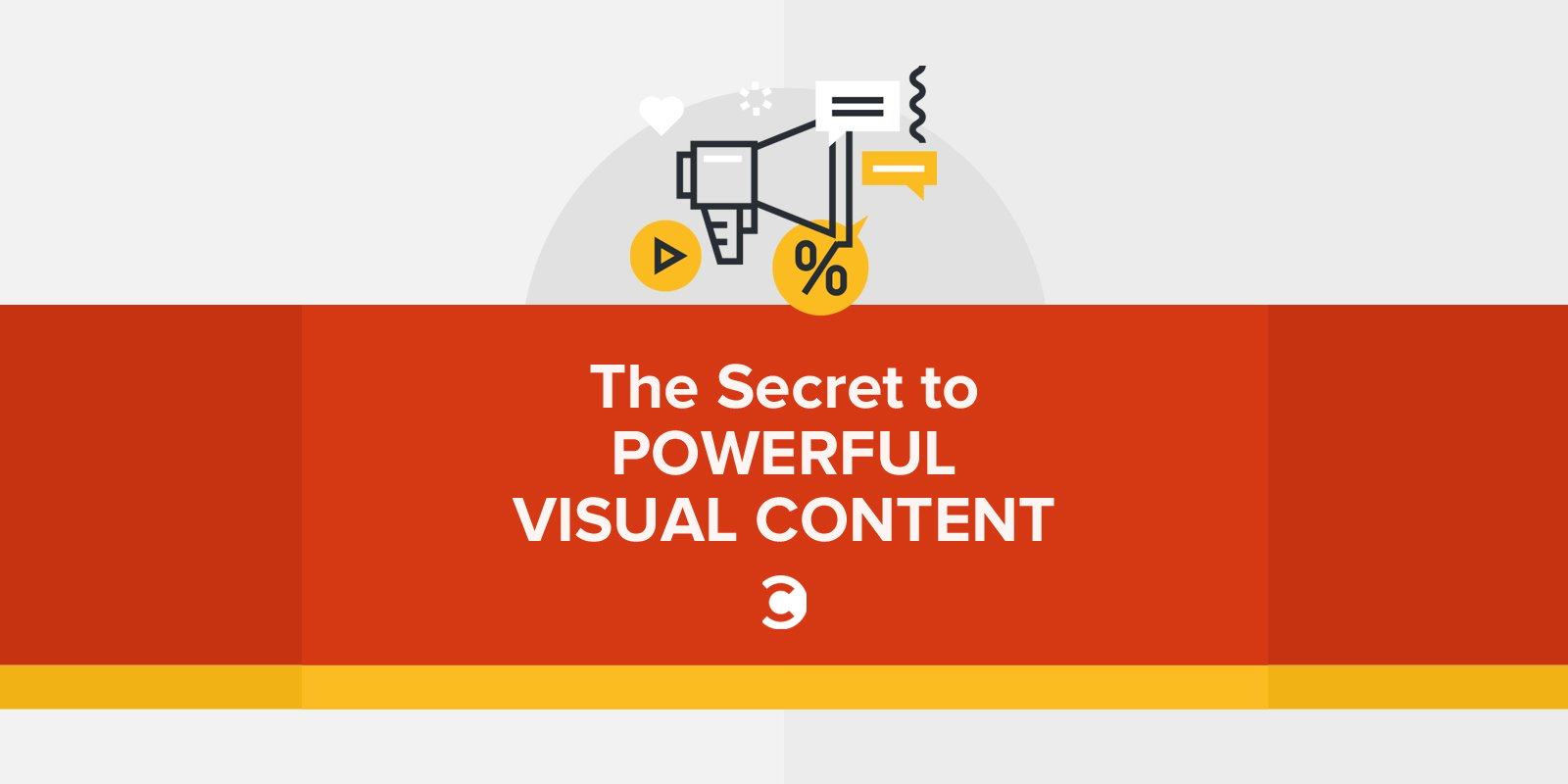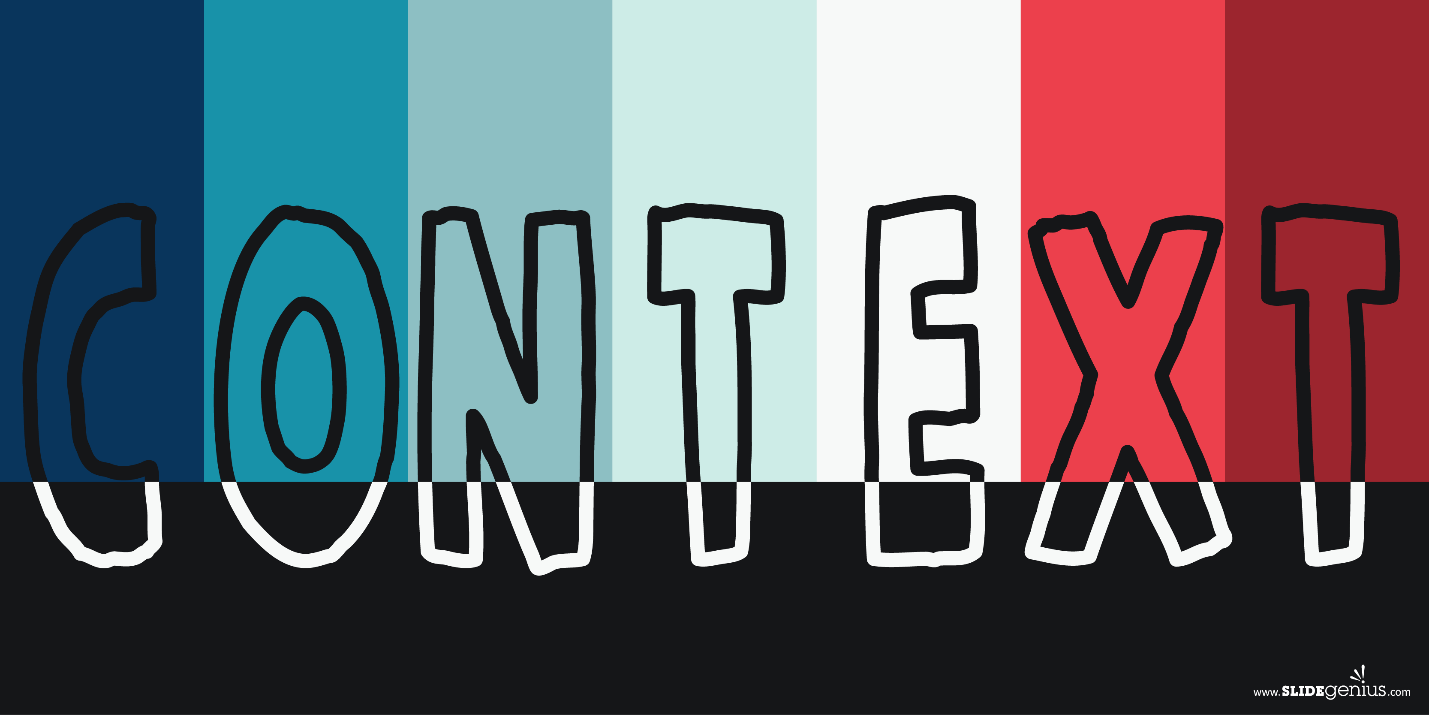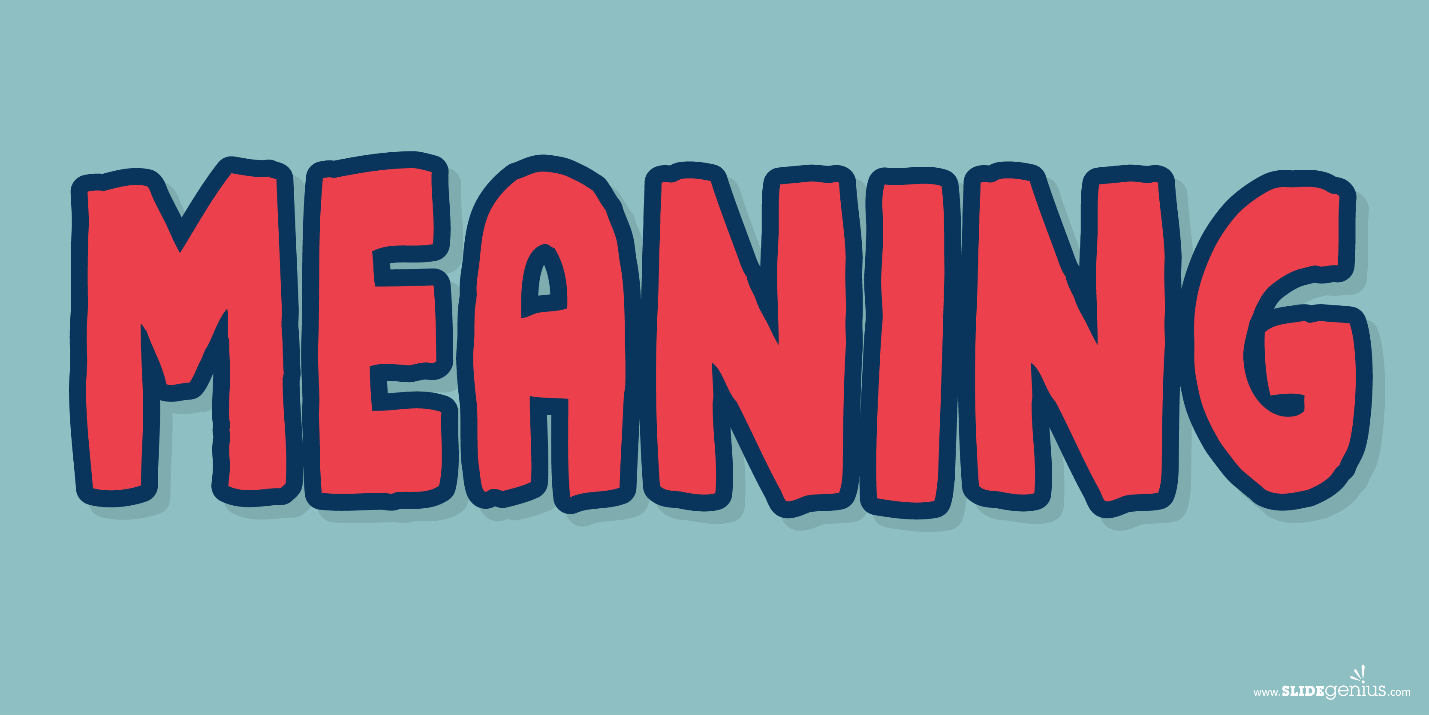Do you remember the last time you felt the warm grip of a good book that makes you want to read on, page after page? How great writers craft their masterpieces with seemingly simple words—or even using a few uncommon ones to describe an object, like using “vast” for “big” or “numerous” for “many”—is a skill that isn’t innate; it’s studied, practiced, polished, and continuously improved upon. It’s how masters of the craft make literature memorable.
What about the shorter pieces found online? No, not fanfiction (but if you find such pieces interesting, then good for you). Think about blogs that focus on travel, business, gaming, food, what have you. What makes you read those posts time and time again? Is it the topic or how it is written? Is it the wit, the humor, the seriousness, or the passion? Whatever the reason, you keep coming back to them.
The same is true for visual content marketing. When people like how you write your pieces or how you present your data, they will be anticipating your next post. Why? Because you pique and satisfy their interest and/or because you’ve mastered how to use your posts to their fullest potential. The bottom line is that visual content is not just about the pretty pictures; it’s also about the witty words, the terrific texts, and the crafty copy.
Words hold a power different from that of images, and vice versa. The best use of both is a balance of those abilities that can provide a multitude of effects on readers. But before you strike that middle ground, focus on your text first because it will give you many ideas on what to do after writing it. When crafted from the heart, great copy can accomplish many things, including those listed below.
Communicate with Readers
If images lack one thing, it’s words. An oft-cited cliché is that pictures are worth a thousand words, but what—and where—are the actual words? If anything, pictures bypass the text and appeal directly to a viewer, but there’s no substitute for the feeling of excitement as you go word by word, building up the tension and suspense and having that cathartic feeling when the piece is done.
The same goes for pieces that don’t fall within the categories of literature or journalism: With every bit of information you put out that readers take in, you give off the feeling that you’re talking to and with them. You’re presenting what you have in what could arguably be the clearest way possible. In essence, you’re directly communicating with them.
Think of it this way: Without text, it’s like you’re playing a combination of charades and Pictionary; without images, it’s like Wheel of Fortune. Mix those three together, and you’ve got something more complete and effective.
Mix visual and written content together, and you’ve got something more complete and effective.
Click To Tweet
Give Context
Clever image use has been the crux of photojournalism. It’s storytelling using a picture: In one shot, you highlight different elements of prose, like a protagonist, an antagonist, the setting, a struggle, the climax, or any combination thereof. But those kinds of pictures are far and few between, and getting that perfect shot is a one-time opportunity. If you’re creating an image, sure, you can manipulate the details, but the best you can do is something akin to what a good photojournalist captures.
This is where words come in: to fill the logical gaps and missing details. They can help provide what you think the image lacks—the bigger picture, so to speak—or at least give enough information for you to come up with your own conclusion, especially when the topic is open-ended.
It can even change how you look at an image, depending on how you use your copy to frame the portrayal. Words can affect how visualized data is seen. And it also works the other way around.
Provide Deeper Meaning
Aside from context, texts can also enhance the emotions a picture solicits. They can give the moral in a picture of triumph and success; they can depict the suffering in an image of despair. They can provide hope or take it away. They can spark ideas and waken a passion deep within the reader.
Words have the power to make your piece more than it appears to be. A picture doesn’t speak for itself more than when you pair it with words, but words can express themselves in ways deeper than anyone can ever imagine. It’s beautiful how the right words can push the right buttons and make a piece describe itself in flawless dignity.
When done well, your post can reach farther through shares, especially with how much attention people put on social media platforms. That’s when you reach a new audience, eager to take in the information you provide. By then, your posts are also having the same effect on your new audience, and the cycle begins again: affect, share, repeat.
There’s more to writing than just stringing words together to tell a story, to persuade, to converse, or to express. The art goes deeper than that. For anyone who studied writing and is always working to improve their craft, relying solely on imagery can make your content sound—and look—nice, but there’s no substance to it if there’s no synchronization and harmony between the topic and the elements.
The same goes for visual content marketing. If your visual elements don’t work together, or don’t match well, then the least you risk is not being taken seriously; the worst is you turn away people who could have been potential leads.
Your copy isn’t just a bunch of words meant to fill a page with nonsensical gibberish. You crafted it because it’s meant to be read. You want it to be read. When you plan your visualization methods and processes around your text, you will see that those words are not just there; they are part of your content. They are an element of your design and your post. It’s not an either-or scenario where image and text are concerned; rather, strike the balance. Getting the best of both worlds is beneficial for you and your post. You just need to be smart on how to use both.
Get a weekly dose of the trends and insights you need to keep you ON top, from the strategy team at Convince & Convert. Sign up for the Convince & Convert ON email newsletter.




No comments:
Post a Comment